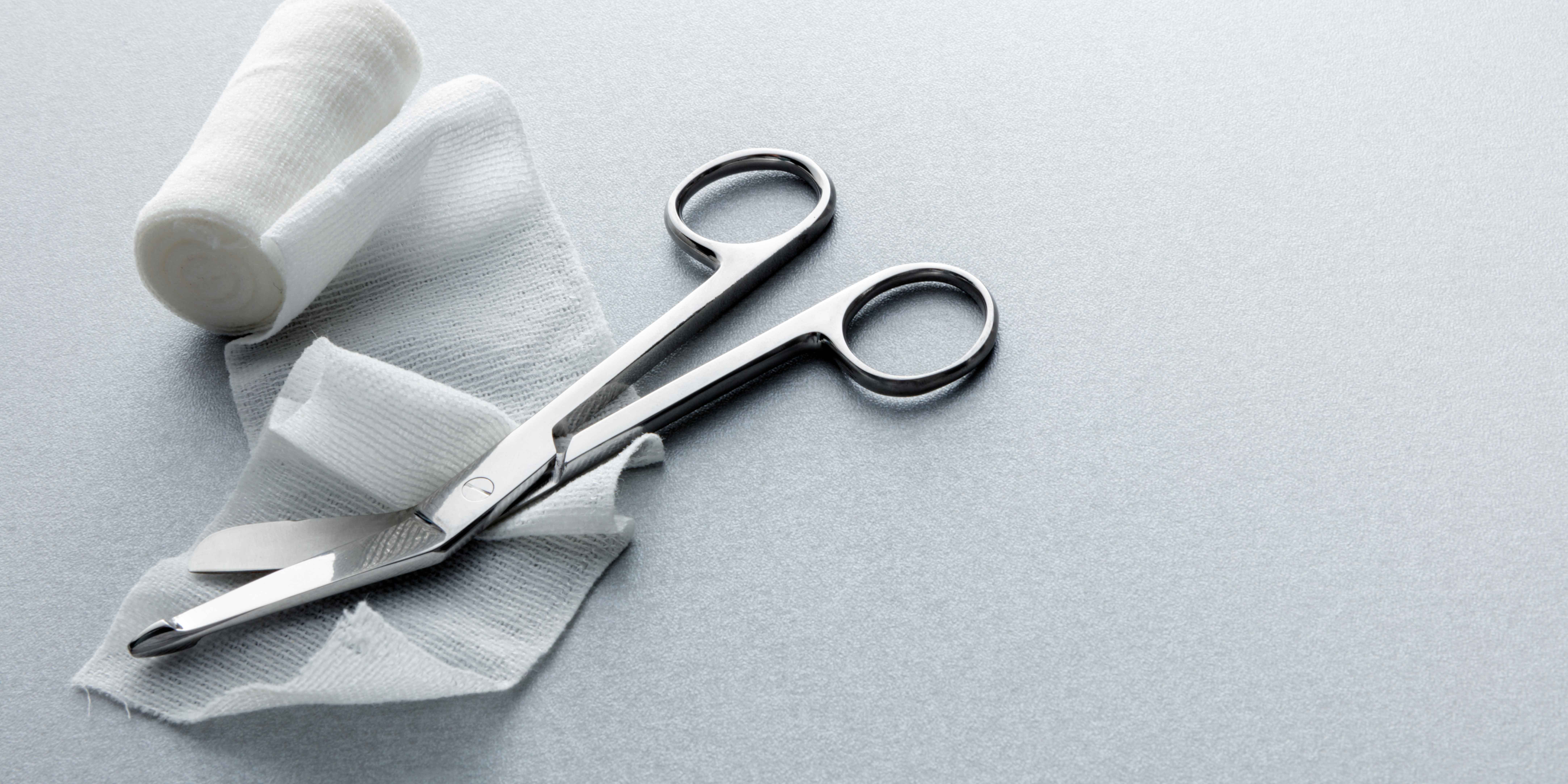Having been involved in wound care for about 25 years, I have seen many changes in our understanding of wound healing, research evidence, and technology, often straying from wound care basics.
As I hear my students describe common practices today and the many myths of wound care, I’m led to wonder, “What happened to starting with wound care basics for healing?”
A colleague of mine once stated there are basically two fundamentals to healing wounds: a healthy patient and a healthy wound environment. Once those are accomplished, topical treatments will not make that big of a difference.
However, clinicians often cling to some “holy grail” treatment in the form of a dressing or adjunctive modality that will somehow overcome the need to practice solid, evidence-based wound care.
Wound care basics
Over the years, I developed what I call the “Six Basics to Effective Wound Healing” that fall perfectly in line with these two fundamentals and produce far better outcomes.
Wound care basics needs to be approached in a methodical manner with sound logical rationale for the treatments backed by the best available evidence based on the type of wound.
So what are these six wound care basics?
#1 — Remove the cause
An exam with proper differential diagnosis will determine the true etiology of a wound, as well as any contributing factors and comorbidities. Treatment is then determined based on the wound etiology.
Failing to do this key step simply results in the treatment approach of “throwing mud at the wall and hopefully something will eventually stick.”
This can lead to poor outcomes, longer treatment times, frustrated patients, unnecessary additional costs, etc. For example, a venous ulcer requires adequate compression and a diabetic ulcer requires offloading and blood sugar control.
#2 — Moist wound therapy
All evidence-based research over the past half century supports moist wound principles of healing.
This involves exudate management and covering the wound to prevent evaporation at the wound bed.
It is discouraging to see this principle overlooked and our patients suffering needlessly.
In a recent wound care forum discussion regarding a wound with exposed tendon, two different clinicians felt the best approach was to leave it open to air.
This is NEVER the best option.
#3 — Remove the necrotic tissue and epibole
A dead wound bed or a wound that already thinks it is closed will not heal. It is very difficult to grow new healthy tissue in a wound covered in necrotic tissue.
Removing the necrotic burden should be of utmost urgency and one of the top priorities.
Surgical debridement, conservative sharp debridement and biologic (maggot) debridement are the fastest and most cost-effective modes of removing necrotic tissue. They can be supplemented with enzymatic and autolytic debridement for faster results.
The goal should be to remove the necrotic burden as quickly as possible.
In the case of epibole, where the epidermis has grown over the edges, the body will actually “think” the wound is closed. Therefore, the rolled edge needs to be removed so the body will recognize the need to close the wound.
#4 — Manage the bioburden
All chronic wounds are contaminated and likely colonized. Patients with a robust immune system may continue to heal if the wound is routinely and effectively cleaned with each dressing change.
However, those patients with compromised immune systems have a decreased ability to manage the bioburden effectively.
According to the journal Microrganisms, research shows biofilms in 60% of chronic wounds.
Since the body cannot remove a biofilm on its own, it has become imperative that clinicians are managing this issue.
Unfortunately, very few products available today actually have a significant impact on the bioburden in the wound, especially biofilm.
#5 — Adequate tissue perfusion
Oxygen is necessary in every phase and type of wound healing and therefore any impairment in tissue oxygenation is going to negatively affect healing.
This may include blood flow problems, in addition to pulmonary issues that decrease the oxygenation of the blood.
Depending on the root problem, revascularization and drugs (pletal, statins and ACE inhibitors) can improve blood circulation or modalities such as hyperbaric oxygen therapy can improve outcomes in this area.
#6 — Adequate nutrition
Nutrition is probably one of the most undermanaged areas in the wound healing process.
Most wound clinicians are not nutrition experts. And, a majority of dietitians lack comprehensive training in wound healing nutrition requirements.
This foundational requirement for adequate healing will significantly impact how effective your wound treatments will be long term.
Protein at 1.2-1.5g/kg bodyweight per day and 30-35 kcal/kg of bodyweight per day is a good start.
A thorough assessment of the patient’s nutritional needs followed by a comprehensive nutritional plan that works with the patient preferences and daily schedule will significantly improve healing outcomes.
In addition, a speech therapist can assist a patient with chewing and swallowing issues or determine the best texture of diet for those with these difficulties.
Before we start with all the fancy technologies in wound care, let’s first ensure wound care basics are in place.
Editor’s Note: This post was originally published in April 2019 and has been updated with new content.
Take our Refresher Skin and Wound Management Course to learn the basics.
What do you think?

